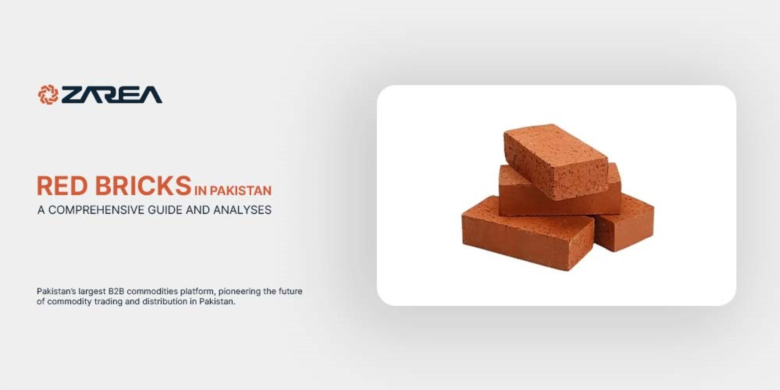.jpg)
blog address: https://abonobiotech.in/raised-bed-pros-cons/
keywords: raised bed,abono,gardening
member since: Sep 5, 2021 | Viewed: 634
RAISED BED – PROS & CONS | ABONO BIOTECH
Category: Academics
Raised Bed – Pros & Cons: Raised beds are becoming increasingly trendy, but are they practical in the garden? What advantages do they offer? Will they be able to produce more food than traditional low beds? Is it necessary to have sidewalls on a raised bed? What’s the finest soil and building material for raised beds? Raised Beds: Raised garden beds are frequently utilized in home gardens instead of planting directly in the ground. Some people, on the other hand, prefer to grow plants in their natural soil, unaltered. Many in-ground garden beds, on the other hand, are created by tilling, modifying, and adding to the natural soil (such as adding compost). This results in a slightly mounded in-ground vegetable bed that stands out from the rest of the yard. A raised bed is created by adding a few inches of soil to a garden bed that is already at ground level. The majority of people refer to raised beds for vegetable growth as a raised bed with walls around the soil, also known as a garden box or framed bed. A classic bed can be raised above ground level or not, though usually not more than six inches. Simply described, a raised garden is one that is raised above the ground. This could signify a variety of things, which can be a little confusing. Raised gardens or beds can be divided into three categories. Raised Ground Beds: This sort of raised garden does not have a supporting framework to surround the dirt, such as a wood beam. The earth is often raised 6-8 inches above the normal soil level, forming a tiny mound. Supported Ground Beds: Similar to elevated ground beds, but with the addition of supporting walls. As long as it separates your garden from your grass, it can be made of nearly anything, such as wood or brick. Containerized Raised Beds: This sort of raised garden necessitates the creation or purchase of a container into which the soil is placed. These completely enclose your garden and can be placed directly on your grass or elevated a few inches or feet, depending on your preferences. Advantages: The garden appears to be in better order. Soil is held in place by the walls, and passageways can be kept clean. Protection From Pests, Having a raised bed prevents pests from chewing on roots, eating leaves, etc. Space Saving, If you have a smaller yard or balcony, you know just how much of a commodity space can be. Easily Accessible, they are perfect for anyone with mobility issues. They don’t have to bend as much to work on the plants, but a 12 inch wall doesn’t help us tall people much. They can be employed in regions where the soil is very poor, contaminated, or there is no soil at all. Containers are raised beds that are small in size. In the spring, they warm up faster, allowing for early planting. Distinct types of soil can be held on different beds, allowing you to match soil to crops. In regions with poor drainage, raised beds can help, but they can also create drainage issues. Disadvantages: Unless you have high spots in your yard that you wish to decrease, you’ll have to buy dirt. They are expensive to construct. In the heat, the soil dries out significantly faster. More irrigation is required. Because you have to buy and carry walls and dirt, it is less sustainable. Chemicals seeping from the material used to construct the walls has been a source of worry. Except in early spring, the soil warms, which is bad for roots. Because a raised bed is colder in the winter, perennials must be hardier. If you plan to utilise a wheelbarrow with taller walls, the rows between beds should be wider. Installing drip irrigation is more difficult. In the fall, the soil cools down more quickly.
{ More Related Blogs }
Academics
The Impact of Global Events on...
Jan 20, 2025
Academics
A Special Tour from Chandigarh...
Jan 2, 2024
Academics
Leasey CZ...
Feb 14, 2025
Academics
Red Bricks in Pakistan – A Com...
Feb 13, 2025
Academics
Book a Spacious Tempo Travelle...
Feb 9, 2025
Academics
Discover Your Dream Home: 2BH...
Feb 9, 2025





